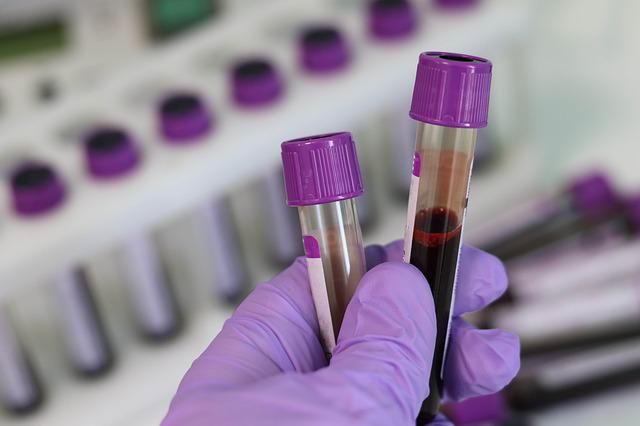Bloodborne Pathogens are disease producing bacteria. Defined by OSHA as Pathogenic Microorganisms present in human blood that can lead to diseases. The most common types are HIV, Hepatitis B and Hepatitis C. They can only be transmitted to you if you physically make contact with an infected person’s blood or bodily fluid containing blood. These include blood, saliva, vomit, or urine.
Discussion Points:
• What are Bloodborne Pathogens?
• How You Could Be Exposed
• Universal Precautions
• Wear Appropriate PPE
• Training, Record Keeping, Report All Incidents
Discussion:
Always practice Universal Precautions; Assume that all bodily fluids are contaminated with infectious blood. Protect your Mucous Membranes (eyes, nose, and mouth), wear your Personal Protective Equipment (PPE); Latex gloves are required, also wear a mask, eye protection or face shield, protective clothing and shoe covers.
An important factor in preventing exposure is; proper decontamination and clean-up. Assume contamination and wear appropriate PPE.
As always, be safe out there!


Recent Comments